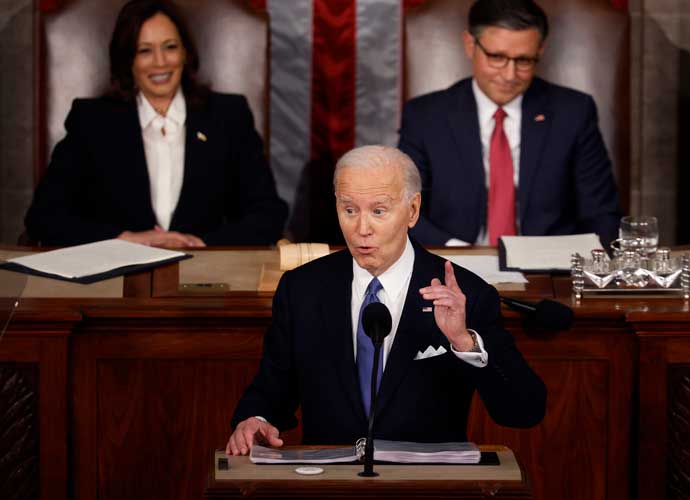Naomi Parker Fraley, Woman Behind ‘Rosie The Riveter,’ Dies At 96
Naomi Parker Fraley, also known as the woman behind the iconic Rosie the Riveter poster, died on Saturday, Jan. 20. She was 96.
Though a photograph taken of Fraley working at the Alameda Naval Air Station in 1942 is believed to be the inspiration behind J. Howard Miller’s famed “We Can Do It” poster featuring Rosie the Riveter, another woman, Geraldine Hoff Doyle, was credited as Rosie long before Fraley came forward.
Her son, John, said in a website created for Fraley that Doyle claimed the original photograph was of her, and that Fraley only discovered that she was not given credit for her identity after seeing a different name under the photo at the Rosie the Riveter/World War II Home Front National Historical Park Museum in 2009.
According to her son and documents uploaded to the website, Fraley sent an old newspaper clipping featuring the original photo with her name in the caption to the museum in 2011, claiming that Doyle committed identity theft. Veronica Rodriguez, a museum curator for the Rosie the Riveter/World War II Home Front National Historical Park, sent a letter back to Fraley saying her letter and newspaper clippings would be added to the museum’s records. Rodriguez also told Fraley that the National Park Service did not promote the idea that Doyle was the inspiration for Rosie.
It wasn’t until 2016 when, according to the New York Times, Seton Hall University professor James J. Kimble published his research tracing Rosie back to Fraley in Rhetoric & Public Affairs that Fraley gained the recognition she deserved. Kimble had spent six years tracking down the woman behind Rosie.
“I did think it looked like me, but nobody ever mentioned it,” Fraley said about Rosie the Riveter to People.
RELATED ARTICLES
Get the most-revealing celebrity conversations with the uInterview podcast!








Leave a comment